What Is an SOP Fertilizer Production Line and How Does It Work?
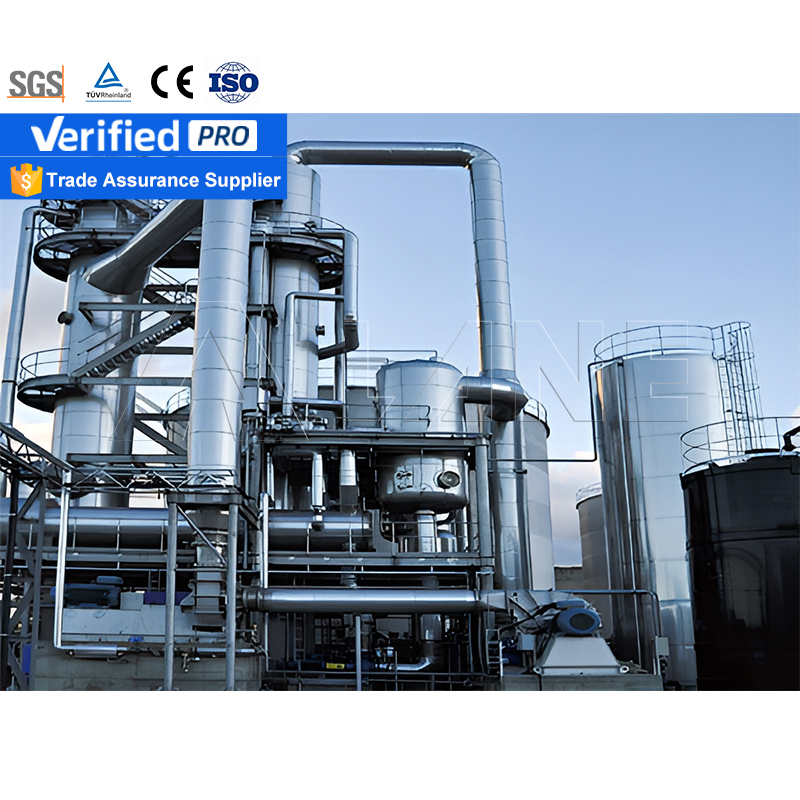
The SOP fertilizer production line—short for Sulfate of Potash fertilizer production line—is one of the most advanced systems in modern fertilizer manufacturing. As the demand for high-quality, chlorine-free potassium fertilizers increases globally, this production line has become a vital part of agricultural innovation and sustainable plant nutrition.
At LANE, we have years of experience designing and supplying complete SOP fertilizer production lines to clients worldwide, offering turnkey solutions that combine cost-efficiency, automation, and reliability. This article explores everything you need to know—from production processes and equipment to plant layout, market trends, and practical case insights.
What Is SOP Fertilizer and Why It Matters
SOP (Sulfate of Potash), chemically known as K₂SO₄, is a premium potassium fertilizer widely used for crops sensitive to chloride such as tobacco, potatoes, grapes, citrus fruits, and vegetables. Unlike MOP (Muriate of Potash), SOP does not contain chlorine, making it ideal for high-value and greenhouse crops.
| Parameter | Details |
| Chemical Formula | K₂SO₄ |
| Potassium (K₂O) Content | 50–52% |
| Sulfur (S) Content | 17–18% |
| Chloride Content | <1% |
| Solubility | Highly water-soluble |
| Form | Granular / Powder / Crystal |
Because of its purity and balanced nutrient composition, SOP supports better fruit coloration, higher sugar content, and improved drought and disease resistance. However, its production process requires precision—making a well-engineered SOP fertilizer production line essential for consistent quality.

Overview of the SOP Fertilizer Production Line
A SOP fertilizer production line transforms raw materials such as potassium chloride (KCl) and sulfuric acid (H₂SO₄) into high-grade potassium sulfate through a controlled chemical reaction and granulation process. The entire system includes material feeding, reaction, crystallization, drying, granulation, screening, and packaging.
Main Production Steps
Material Preparation: Feed potassium chloride and sulfuric acid (or sodium sulfate) as raw materials. The reaction takes place under specific temperature and pressure conditions.
Reaction Process: Through the Mannheim furnace method, KCl reacts with H₂SO₄ to produce K₂SO₄ and HCl gas.
Reaction: 2KCl + H₂SO₄ → K₂SO₄ + 2HCl
Cooling & Crystallization: The hot potassium sulfate solution is cooled and crystallized into pure SOP crystals.
Granulation: The crystals are granulated using a double roller granulator or compacting granulator to form uniform particles suitable for application.
Drying & Cooling: The granules are dried to remove residual moisture, then cooled to prevent caking.
Screening & Coating: Granules are screened to ensure size uniformity and optionally coated for dust control and better storage stability.
Packaging: Finished SOP fertilizer is packed automatically into 25kg–1000kg bags, ready for distribution.
Equipment Configuration in SOP Fertilizer Production Line
Each section of the SOP fertilizer production line requires specialized equipment to ensure smooth operation and consistent output. LANE offers complete equipment integration services, ensuring each unit is customized according to production capacity (1–10 T/H or more).
| Process Section | Key Equipment | Function |
| Raw Material Feeding | Belt Conveyor, Hopper, Feeder | Continuous feeding and proportioning |
| Reaction System | Mannheim Furnace / Reactor | Chemical conversion of KCl and H₂SO₄ |
| Crystallization | Cooling Crystallizer | Crystal formation and purification |
| Granulation | Rotary Drum Granulator / Roller Press Granulator | Shaping and densifying product |
| Drying & Cooling | Rotary Dryer, Cooler | Moisture removal and temperature reduction |
| Screening | Vibrating Screen | Classify particle size |
| Coating | Coating Drum | Prevents caking and improves flow |
| Packaging | Automatic Weighing & Packing Machine | Final product bagging and sealing |
LANE’s SOP fertilizer production lines adopt energy-efficient systems, automated control panels, and corrosion-resistant stainless steel components to ensure long service life and minimal maintenance.
Types of SOP Production Methods
Selecting the right process is one of the most critical decisions when setting up an SOP fertilizer production line. Different production methods determine not only the product purity but also the overall cost, environmental performance, and scalability of the plant.
Below are the main industrial methods for manufacturing sulfate of potash, each with its own technical characteristics and operational advantages.
There are several industrial methods for producing potassium sulfate. Choosing the right one depends on raw material availability, environmental regulations, and investment scale.
1.Mannheim Furnace Process
Most common method globally.
Uses potassium chloride and sulfuric acid as feedstock.
Produces high-purity SOP but releases HCl gas, which requires acid recovery systems.
2.Glaserite Process
Involves conversion of sodium sulfate and potassium chloride into glaserite (3K₂SO₄·Na₂SO₄), then decomposed into SOP.
Lower emissions but more complex crystallization control.
3.Double Decomposition Method
Uses potassium chloride and magnesium sulfate as reactants.
Eco-friendly and suitable for integrated fertilizer complexes.
Each process can be integrated into a custom SOP fertilizer production line designed by LANE’s engineering team to optimize yield, efficiency, and environmental performance.
The SOP fertilizer production line is more than a manufacturing setup—it’s a bridge between industrial innovation and agricultural sustainability. As farmers demand higher-quality, chlorine-free fertilizers, producers equipped with advanced systems will lead the market.
With LANE’s engineering expertise, global project experience, and customer-focused service, building your own SOP fertilizer production line becomes a seamless, profitable journey toward sustainable agriculture.
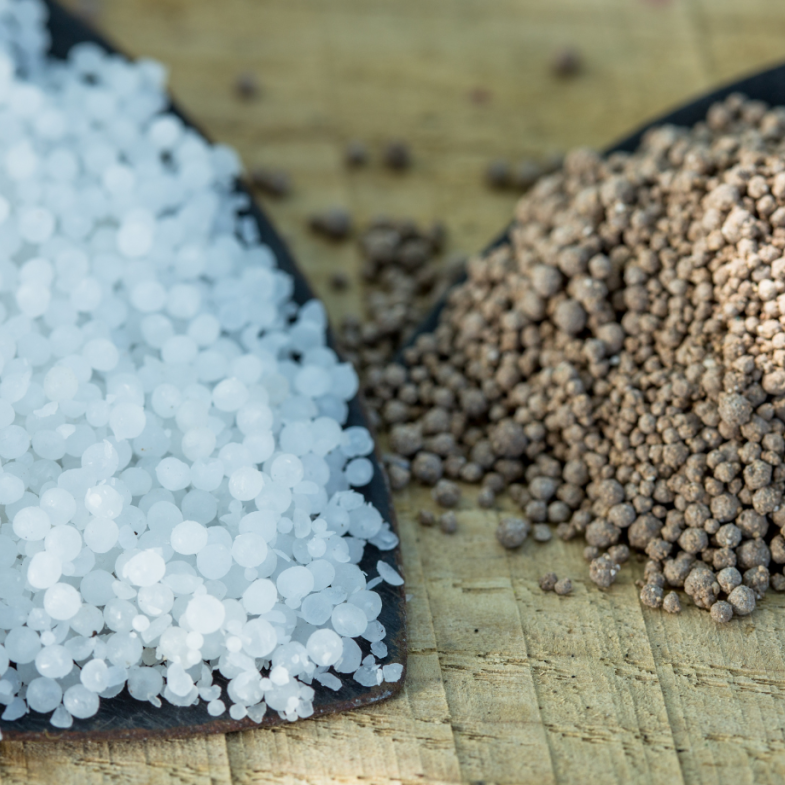
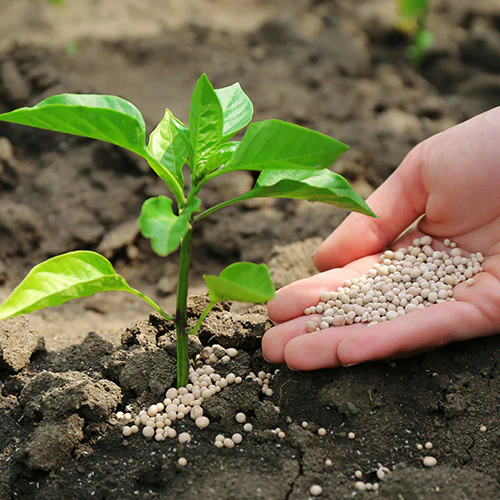
Of course, we also offer other types of products for your different needs, you can click to view.
For more information, please contact us by sending an inquiry today! We can help you!


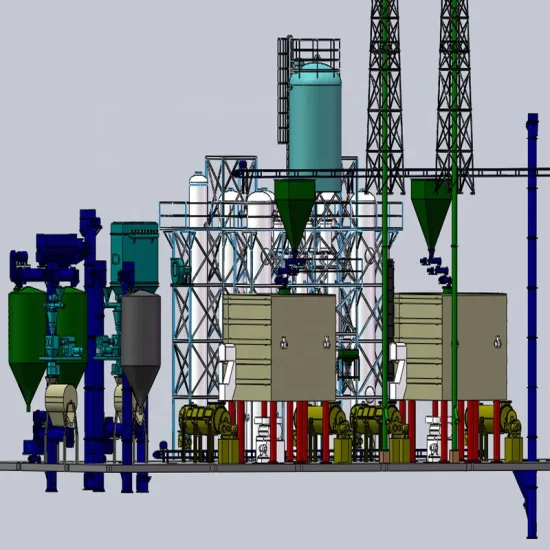

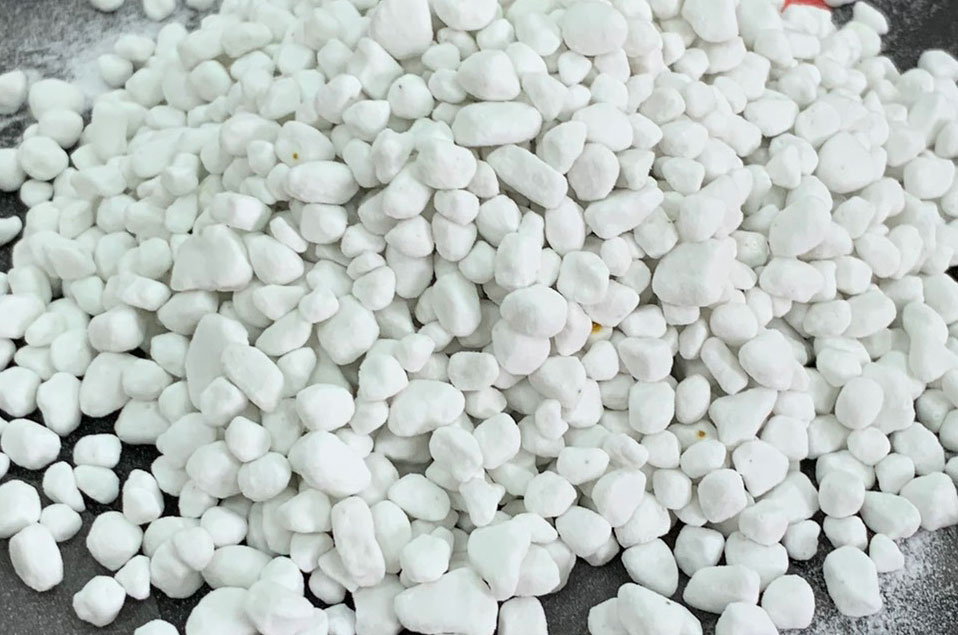
Write a Reply or Comment